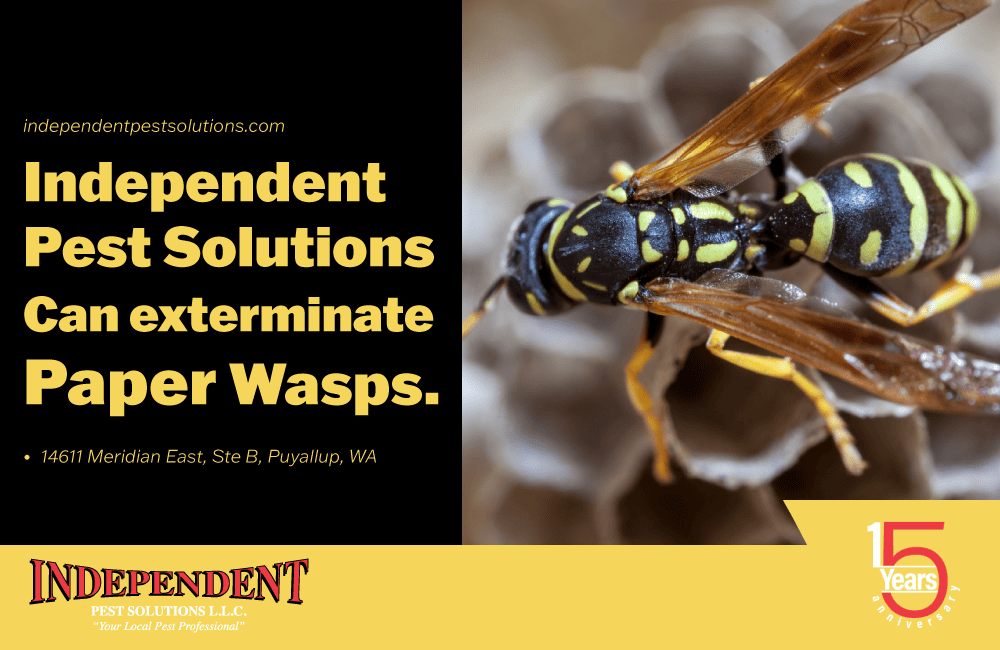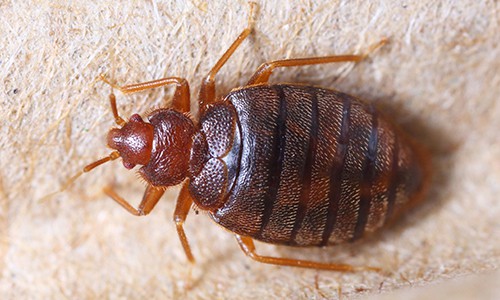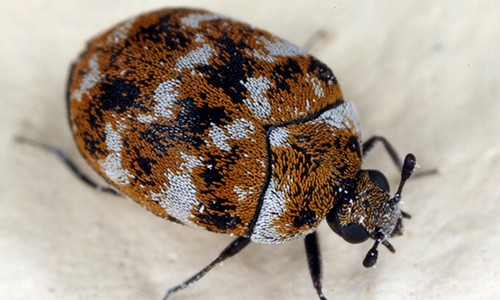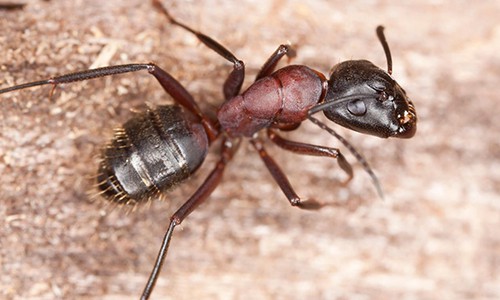Paper wasps are a type of stinging insect that creates open-celled paper nests.
f you live in the Pacific Northwest, you’ve probably seen their nests suspended from the eaves of buildings. If they feel threatened, paper wasps will attack people and sting them. While paper wasps can pose a danger to people living and working in proximity to them, paper wasps are also beneficial insects. They have an important ecological niche as predators that eat other insects, including beetle larvae and caterpillars, and they are also pollinators.
Paper wasps get their name because of how their nests are constructed. They make their nests out of plant material mixed with their saliva, and when it dries it looks like paper. These nests usually have multiple compartments, and the wasps lay their eggs and raise their young in them. The cells are visible from the outside of the nest, because the nest does not have an outer shell. Some people call paper wasps umbrella wasps because their nests look kind of like an umbrella.
The queen of the paper wasps has to build a new nest every year. She chews wood fibers into a pulp and makes the nest out of that. The first generation of offspring she produces will become workers and expand the nest. By the summer season, a paper wasp nest can be around 6 to 8 inches wide. When the cold temperatures of the fall come, they will kill all of the members of the colony except for the queen. The queen seeks shelter and hibernates over the winter. The next spring, she will make a whole new nest.

Do Paper Wasps Sting?
If a paper wasps feels like it or its nest is threatened, it will sting in defense. Honeybees have a barb on their stinger and can only sting once, but paper wasps are capable of stinging multiple times. They are able to alert other members of the colony with alarm pheromones, which can tell the other wasps to come help defend the nest.
If you notice a paper wasp nest on your property and they are not causing a problem, you may not need to get rid of them. If you can tolerate them, maybe you should leave them there. Paper wasps prey on pests that eat plants, so keeping them around might be beneficial for your garden. Although it’s possible for humans and paper wasps to peacefully coexist, in some situations it is a smart idea to use pest control so nobody is put at risk. This is especially true if the wasps are living in a high-traffic area, or if somebody in your home is allergic to insect stings. Allergic reactions to wasp stings are no joke- many people are hospitalized and even die from them every year.
It’s important to use caution when you are around a wasp nest. It’s a smart idea to check the eaves and shutters of your home, and look in trees and in any sheds on your property to see if you have any paper wasp nests. If it’s summer and you find a large nest, you should not try to handle it on your own. You should especially not attempt removing an active wasp nest during the daytime, when the wasps are entering and leaving the nest. Paper wasps are also more active in warmer weather.
It can be dangerous to remove a paper wasp nest on your own. When it comes to paper wasp infestations, it’s advised that you have a pest control professional handle it. Our pest control technicians at Independent Pest Solutions have training in managing paper wasps and other types of stinging insects. No two buildings or situations are exactly the same, so after examining your property, we will put together a treatment plan that best addresses your problem. We can provide solutions that will get rid of paper wasps and prevent them from coming back.
So, how do you tell if you are dealing with paper wasps or another type of stinging insect? The type of control measures we use depends on what type of stinging insect we are dealing with, whether that be yellow jackets, hornets, or wasps. Paper wasps are usually between 1.9 and 3.2 centimeters long, and they have narrow bodies. Usually, paper wasps are dark brown and have yellow markings and black wings. There are types of paper wasps that look a lot like yellow jackets, and many people confuse the two.
To somebody that doesn’t know the difference, it can be hard to tell apart two species of flying, stinging, black-and-yellow insects. Yellow jackets are one of the most dangerous stinging insects in America; paper wasps, although their stings can be painful, don’t usually sting humans unless they’re provoked. Although paper wasps look very similar to yellow jackets, it’s important to know which one you are dealing with. The most effective treatment and prevention methods will differ depending on which species is. Luckily, there are some characteristics that can help you determine which pest is on your property.
Paper Wasps vs Yellow Jackets:
Body Type- Paper wasps have longer bodies, and are thinner at the waist than yellow jackets. They also have antennae tipped with orange and dangling legs. On the other hand, yellow jackets are bigger overall.
Nests- Paper wasp nests are usually off of the ground, in eaves of buildings or beneath decks. The interior structures of their nests are visible, with open cells. The nests are made out of paper-like material, and they are often shaped like umbrellas. In contrast to this, yellow jacket nests are spherical and usually larger than paper wasp nests. They can grow to be basketball-sized. It has many layers, and the internal structure is not visible. These nests can be located underground or within a tree or wall.
If you suspect that you have a paper wasp infestation and they are causing issues or posing a danger, reach out to Independent Pest Solutions for safe, effective paper wasp nest removal in Puyallup.


Bedbug Treatment
Pest control in WA.
Since the year 2000, bed bugs have been rapidly increasing throughout the USA.

Carpet Beetle Extermination
Pest Control in WA.
Adult carpet beetles are pollinators, spending their days outside going from flower to flower.

Carpenter Ant Extermination
pest control in wa.
Carpenter ants are a wood destroying organism but contrary to popular belief they do not actually consume the wood material.


